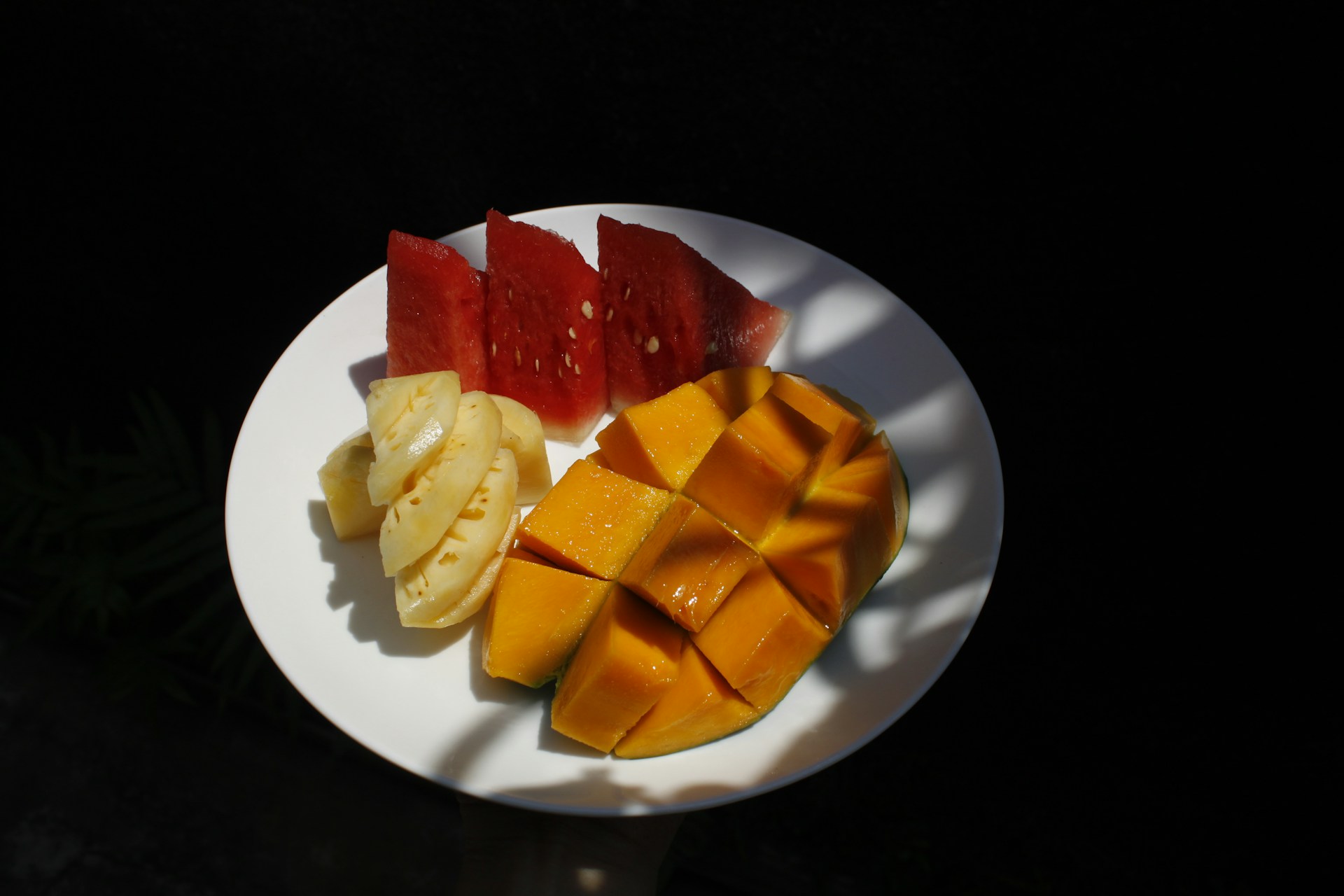Risk Factors of Stunting, Iron Deficiency Anemia, and Their Coexistence among Children Aged 6-9 Years in Indonesia: Results from the Indonesian Family Life Survey-5 (IFLS-5) in 2014-2015
Faktor Risiko Stunting, Anemia Defisiensi Besi, dan Koeksistensinya pada Anak Usia 6-9 Tahun di Indonesia: Hasil dari Indonesian Family Life Survey (IFLS-5) tahun 2014-2015

Downloads
Background: Stunting and anemia are malnutrition and have become major public health problems. The evidence is limited about the coexisting stunting and anemia (CSA) among school-aged children (SAC).
Objectives: To analyze risk factors of stunting, anemia, and their coexistence among Indonesian children aged 6-9.
Methods: This cross-sectional study used secondary data from 1,986 children aged 6-9 years from 13 out of 34 provinces in Indonesia. Risk factors of stunting, anemia, and CSA were analyzed by logistic regression.
Results: The prevalence of stunting, anemia, and CSA among children aged 6-9 years was 24.8%, 30.5%, and 8.8%, respectively. Risk factors of stunting were anemia (OR=1.355), underweight father (OR=1.587), maternal education (<12 years) (OR=1.679), short parental stature (mother: OR=2.504, father: OR=1.995), low and middle sanitation score (OR=2.356, OR=1.366), and living in a rural area (OR=1.367). Risk factors of anemia were stunting (OR=1.307), age 6-7 years (OR=1.933), and parental anemia (mother: OR=1.973, father: OR=1.692). Children aged 6-7 years (OR=1.993) and short parental stature (mother: OR=1.901, father: OR=1.620) were risk factors for CSA.
Conclusions: The coexistence of stunting and anemia as a double burden of undernutrition exists among Indonesian children. An anemic child, an underweight father, low maternal education, low and middle sanitation score, and living in a rural area increase the risk of stunting. Stunted children and parental anemia increase the risk of anemia, short parental stature increases the risk of stunting and CSA, while younger children increase the risk of anemia and CSA.
Abdullah, A. The Double Burden of Undernutrition and Overnutrition in Developing Countries: An Update. Curr. Obes. Rep. 4, 337–349 (2015).
World Health Organization (WHO). Global Nutrition Targets 2025: Stunting Policy Brief. World Health Organization (WHO) (2014).
WHO. Haemoglobin Concentrations for the Diagnosis of Anaemia and Assessment of Severity. World Health Organization (2011).
Ministry of Health of Republic of Indonesia (MoH RI). National Report of Basic Health Research 2018. Publishing Institute for Health Research and Development (2019).
Ministry of Health of Republic of Indonesia (MoH RI). Basic Health Research 2013. Publishing Institute for Health Research and Development (2013).
El-Shafie, A. M. et al. Prevalence of Short Stature and Malnutrition among Egyptian Primary School Children and Their Coexistence With Anemia. Ital. J. Pediatr. 46, 1–9 (2020).
Tran, T. D. et al. Co-morbid Anaemia and Stunting Among Children of Pre-School Age in Low- And Middle-Income Countries: A syndemic. Public Health Nutr. 22, 35–43 (2019).
Reinhardt, K. & Fanzo, J. Addressing Chronic Malnutrition Through Multi-Sectoral, Sustainable Approaches: A Review of the Causes and Consequences. Front. Nutr. 1, 1–11 (2014).
Brown, J. E. Nutrition Through the Life Cycle. in 338–353 (Cengage Learning, 2011).
Mahan, L. K. & Raymond, J. L. Krause's Food & The Nutrition Care Process. (Elsevier, 2017).
Sudikno & Sanjaja. Usia Menarche Perempuan Indonesia Semakin Muda. J. Kesehat. Reproduksi 10, 163–171 (2019).
Soliman, A., De Sanctis, V. & Kalra, S. Anemia and growth. Indian J. Endocrinol. Metab. 18, S1–S5 (2014).
Osawa, M. et al. Erythroid Expansion Mediated by the Gfi-1B Zinc Finger Protein: Role in Normal Hematopoiesis. Blood 100, 2769–2777 (2002).
Semba, R. D. & Bloem, M. W. The Anemia of Vitamin a Deficiency: Epidemiology and Pathogenesis. Eur. J. Clin. Nutr. 56, 271–281 (2002).
Grantham-McGregor, S. et al. Developmental Potential in the First 5 Years for Children in Developing Countries. Lancet 369, 60–70 (2007).
Gashu, D. et al. Stunting, Selenium Deficiency and Anemia are Associated with Poor Cognitive Performance in Preschool Children from Rural Ethiopia. Nutr. J. 15, 1–8 (2016).
Black, R. E. et al. Maternal and Child Undernutrition and Overweight in Low-Income And Middle-Income Countries. Lancet 382, 427–451 (2013).
Vaivada, T. et al. Stunting in Childhood: An Overview of Global Burden, Trends, Determinants, and Drivers of Decline. Am. J. Clin. Nutr. 112, 777S-791S (2020).
Yasmin, G. Faktor Risiko Stunting Pada Anak Usia Sekolah. (IPB University, 2014).
Putri, N. M., Briawan, D. & Baliwati, Y. F. Faktor Risiko Anemia pada Anak Sekolah Dasar di Temanggung. Indones. J. Hum. Nutr. 8, 33–45 (2021).
Yisak, H., Tadege, M., Ambaw, B. & Ewunetei, A. Prevalence and Determinants of Stunting, Wasting, and Underweight Among School-Age Children Aged 6–12 Years in South Gondar Zone, Ethiopia. Pediatr. Heal. Med. Ther. 12, 23–33 (2021).
Strauss, J., Witoelar, F. & Sikoki, B. The Fifth Wave of the Indonesia Family Life Survey: Overview and Field Report. vol. 1 (2016).
WHO Western Pasific Region. The Asia – Pacific Perspective: Redefining Obesity and Its Treatment. (2000).
Yang, Q. et al. Household Food Insecurity, Dietary Diversity, Stunting, and Anaemia Among Left-Behind Children in Poor Rural Areas of China. Int. J. Environ. Res. Public Health 16, 1–13 (2019).
Indonesian Central Bureau of Statistics. Regulation of the Head of the Central Bureau of Statistics Number 37 Number 2010 concerning Urban and Rural Classification in Indonesia. Indonesian Central Bureau of Statistics (2010).
Lee, J. O. et al. Prevalence and Risk Factors for Iron Deficiency Anemia in The Korean Population: Results of the Fifth Korea National Health And Nutrition Examination Survey. J. Korean Med. Sci. 29, 224–229 (2014).
Arif, S., Isdijoso, W., Fatah, A. R. & Tamyis, A. R. Tinjauan Strategis Ketahanan Pangan dan Gizi di Indonesia: Informasi Terkini 2019-2020. The SMERU Research Institute (World Food Programme, 2020).
Mesfin, F., Berhane, Y. & Worku, A. Anemia among Primary School Children in Eastern Ethiopia. PLoS One 10, 1–10 (2015).
Alderman, H. & Headey, D. D. How Important is Parental Education for Child Nutrition? World Dev. 94, 448–464 (2017).
Subramanian, S. V., Ackerson, L. K. & Smith, G. D. Parental BMI and Childhood Undernutrition in India: An Assessment Of Intrauterine Influence. Pediatrics 126, e663–e671 (2010).
Wells, J. C. et al. The Double Burden of Malnutrition: Aetiological Pathways and Consequences for Health. Lancet 395, 75–88 (2020).
Linabery, A. M. et al. Stronger Influence of Maternal than Paternal Obesity on Infant and Early Childhood Body Mass Index: The Fels Longitudinal Study. Pediatr. Obes. 8, 159–169 (2013).
Hebestreit, A. et al. Dietary Patterns Of European Children and Their Parents in Association with Family Food Environment: Results from the Family Study. Nutrients 9, 1–17 (2017).
Darapheak, C., Takano, T., Kizuki, M., Nakamura, K. & Seino, K. Consumption of Animal Source Foods and Dietary Diversity Reduce Stunting in Children in Cambodia. Int. Arch. Med. 6, 1–11 (2013).
Harding, K. L., Namirembe, G. & Webb, P. Determinants of Anemia among Women and Children in Nepal and Pakistan : An Analysis of Recent National Survey Data. 14, 1–13 (2018).
Ngwira, A. & Kazembe, L. N. Bayesian Random Effects Modelling with Application to Childhood Anemia in Malawi. BMC Public Health 15, 1–11 (2015).
Brooker, S. et al. Epidemiology of Plasmodium-Helminth Co-Infection in Africa: Populations at Risk, Potential Impact on Anemia, and Prospects for Combining Control. Am. J. Trop. Med. Hyg. 77, 88–98 (2007).
Almutairi, R. A. Short Stature in Children. Int. J. Med. Dev. Ctries. 2, 9–15 (2018).
Partap, U., Young, E. H., Allotey, P., Sandhu, M. S. & Reidpath, D. D. Characterisation and Correlates of Stunting among Malaysian Children and Adolescents Aged 6-19 Years. Glob. Heal. Epidemiol. Genomics 4, 1–11 (2019).
Emre, F. & Oguz, O. Prevalence of Anemia and Iron Deficiency Anemia among Elementary School Children in Turkey. Ann. Med. Res. 28, 490–495 (2021).
Institut of Medicine (IOM). Dietary Reference Intakes for Vitamin A, Vitamin K, Arsenic, Boron, Chromium, Copper, Iodine, Iron, Manganese, Molybdenum, Nickel, Silicon, Vanadium, and Zinc : A Report of the Panel on Micronutrients ... [et al.], Standing Committee on the Scientific Eva. (National Academy Press, 2000).
Getaneh, Z., Melku, M., Geta, M., Melak, T. & Hunegnaw, M. T. Prevalence and Determinants of Stunting and Wasting among Public Primary School Children in Gondar town, northwest, Ethiopia. BMC Pediatr. 19, 1–11 (2019).
Isguven, P. et al. Serum Levels of Ghrelin, Leptin, IGF-I, IGFBP-3, Insulin, Thyroid Hormones and Cortisol in Prepubertal Children with Iron Deficiency. Endocr. J. 54, 985–990 (2007).
Copyright (c) 2023 Amerta Nutrition

This work is licensed under a Creative Commons Attribution-ShareAlike 4.0 International License.
AMERTA NUTR by Unair is licensed under a Creative Commons Attribution-ShareAlike 4.0 International License.
1. The journal allows the author to hold the copyright of the article without restrictions.
2. The journal allows the author(s) to retain publishing rights without restrictions
3. The legal formal aspect of journal publication accessibility refers to Creative Commons Attribution Share-Alike (CC BY-SA).
4. The Creative Commons Attribution Share-Alike (CC BY-SA) license allows re-distribution and re-use of a licensed work on the conditions that the creator is appropriately credited and that any derivative work is made available under "the same, similar or a compatible license”. Other than the conditions mentioned above, the editorial board is not responsible for copyright violation.












































